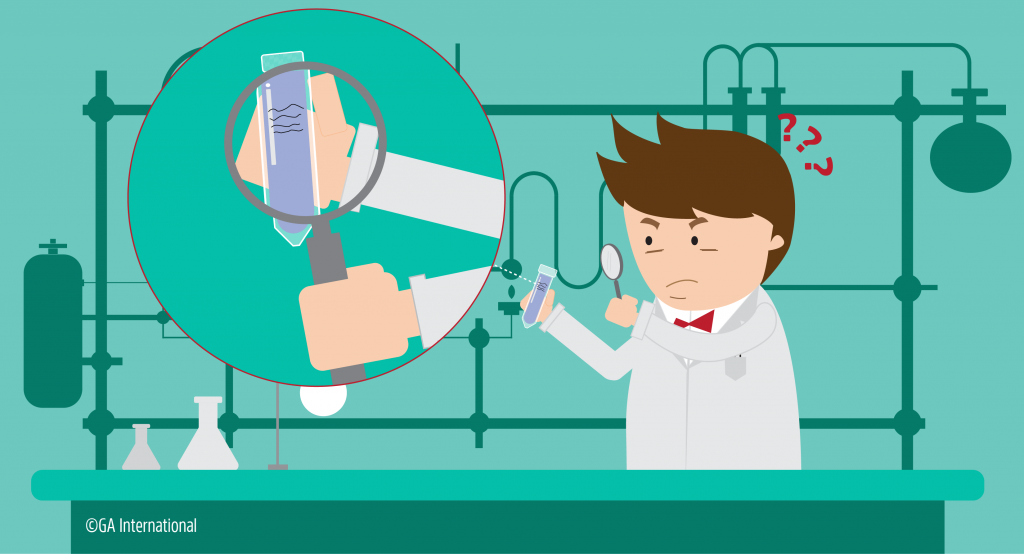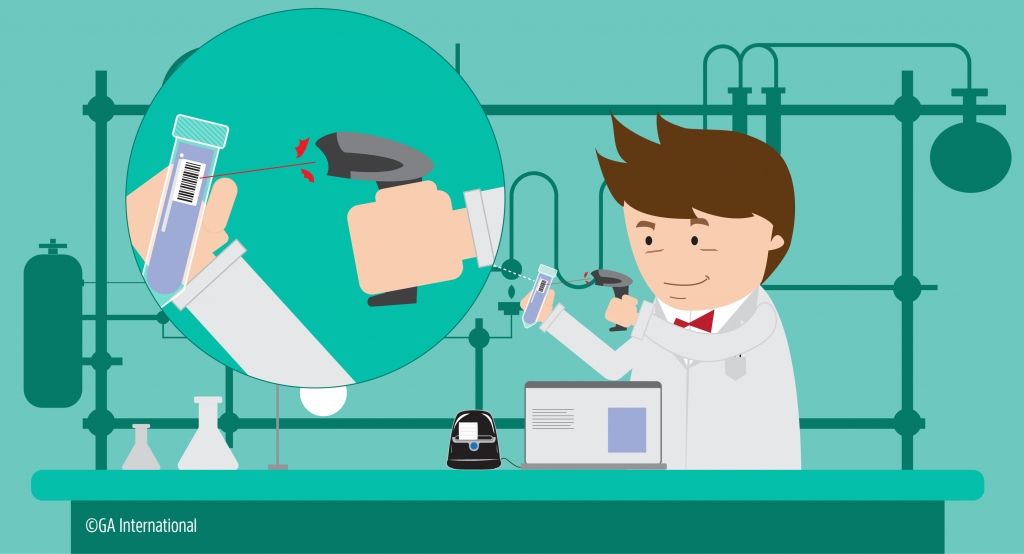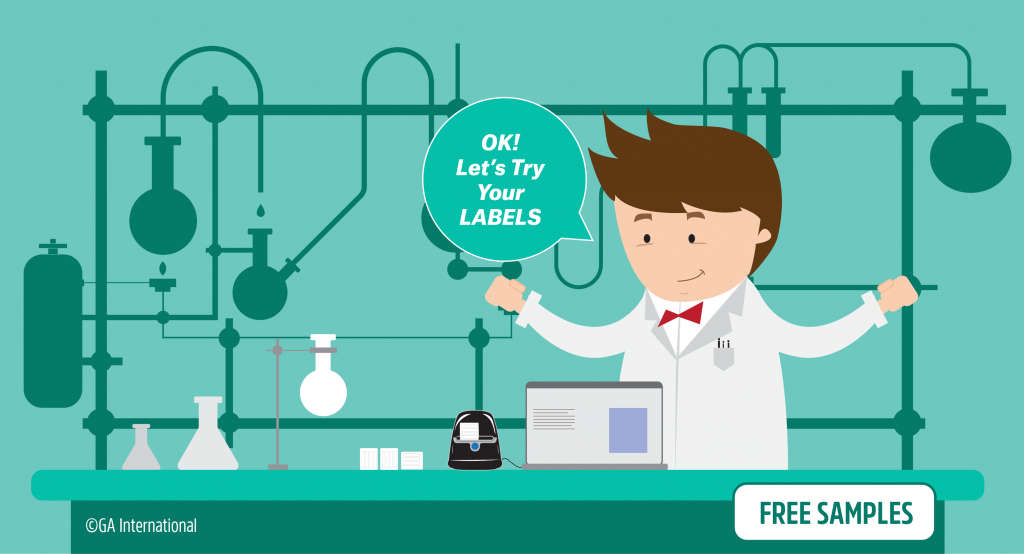
We’re all familiar with the devastating consequences that can occur when critical information is mishandled in the clinic: the patient or sample ID is incorrect, and the wrong lab result is reported in the clinic, resulting in a patient receiving improper healthcare. This can be compounded by the fact that in clinical studies, a patient’s information and samples are often collected, tested, and analyzed off-site and sometimes pass through the hands of numerous lab personnel in multiple locations, making it even harder to maintain a corroboration between patient and sample. In rare cases, evidence tampering leads to a wrongful conviction, or sample labeling errors lead to a disastrous mix-up at a fertility clinic! Here are some easy-to-follow labeling do’s and don’ts to help ensure proper labeling in the lab.
Measures are now taken more often to reduce the frequency of these errors by creating better data management systems in conjunction with the use of proper labeling techniques. For example, one clinical research facility reduced the frequency of mislabeled or unlabeled samples by an estimated 108 events per year after implementing a barcode-based patient ID system. Labeling errors are also a concern in smaller research labs, where missing specimen information can lead to inefficiency, costing valuable time and sometimes requiring an experiment be redone. Accurate item labeling must be enforced to provide easier communication, organization, and a safe working environment.
To help make a researcher’s life in the lab a little easier, we’ve put together a list of Dos & Don’ts to illustrate how to get the most out of a labeling system in any type of scientific laboratory.
DON’T use the wrong writing tool
Harsh conditions like extreme heat, exposure to certain chemicals, alcohols, and moisture can dissolve many ink formulas found in even permanent markers, washing away your precious sample information.
DO consider experimental conditions before writing on the label
There are specialty marker pens made specifically for writing on ink-resistant surfaces like plastic, glass, and metal. Cryo-markers are also ideal for writing on frozen tubes & vials, with ink that remains legible when exposed to water, frost, and even alcohol.

DON’T limit yourself to only handwritten labels
Writing on tiny tubes and small labels is a challenge with a marker or pen. This can complicate communication when other people in the lab need to share samples and reagents and must fully understand the contents of a tube.
DO make use of printed labels
Terrible handwriting isn’t the only reason you may want to switch to a more automated form of labeling. There are a variety of benefits to printed labels, whether you are using an in-house printer, using free online templates, a thermal printing kit, or even a completely automated print-and-apply system. This allows you to fit more information into a small area and tends to be much more legible than handwriting. Furthermore, the use of specialty ribbons in thermal transfer printing can make the text resistant to strong chemicals and stains, securing your data. It can also allow the addition of colorful graphics, such as logos, which can easily identify a specimen and its source (i.e. clinic, CRO, University, etc.). The proper label can make all the difference in ensuring your samples remain well identified.

DON’T take shortcuts when labeling (i.e. numbers, letters, symbols)
When faced with labeling many samples at once, such as when aliquoting or producing a dilution series, it’s tempting to cut time by quickly ascribing a letter or number to a tube. This is often a major mistake that can cause a loss of data if not properly tracked elsewhere (i.e. lab notebook). Despite the time saved initially in the sample identification process, it ends up requiring more time to transcribe the shorthand meanings elsewhere, and this information will need to be located again by the researcher or lab colleague when this information has to be recalled.
DO keep track of label data using a serialized barcode system
The incorporation of barcodes in your labels can be a quick and error-proof way to manage many samples at once. While some planning and setup are required at the outset, barcoding software is available to automatically serialize your data, saving time in the long-run. For instance, if you were using a barcoding software like Bartender while performing 25 minipreps, each sample could be easily serialized and printed in 35 seconds, far faster than if you were doing so by hand. Additionally, these items could be easily scanned for onscreen input of sample details, meaning there would be no confusion at any point over the contents of each tube.
DON’T use the improper label for the desired experimental applications
It can certainly be frustrating when a label fails during an experiment or while in storage, and can even have dangerous results when hazardous chemicals stored in the lab are unlabeled. Unfortunately, many laboratory conditions can inhibit the function of a label, such as extreme temperatures and harsh chemicals. Sometimes a durable label simply isn’t compatible with the application, such as direct-thermal labels, which turn completely black in an autoclave. It’s essential to both the work and safety of a researcher that labels retain important information under a wide range of environments.
DO plan ahead to choose a label that will stick with you – through thick & thin!
A wide array of specialty labels have been developed for a range of very specific laboratory applications. Whether you require cryogenic labels to adhere to already frozen tubes, tamper evident labels to ensure the safety of the sample contents, xylene-resistant labels for histology procedures, or very small labels for the smallest PCR strip tube, you can likely find the right label that is optimized to suit your needs. Doing a little research beforehand on the types of conditions your labels will need to withstand can go a long way in securing and managing your data. For tips on selecting the proper label, check out our previous post: Key questions to ask before choosing your label.
Do you have a colleague with terrible handwriting? Order your free label samples today and fix this issue once and for all.
LabTAG by GA International is a leading manufacturer of high-performance specialty labels and a supplier of identification solutions used in research and medical labs as well as healthcare institutions.




